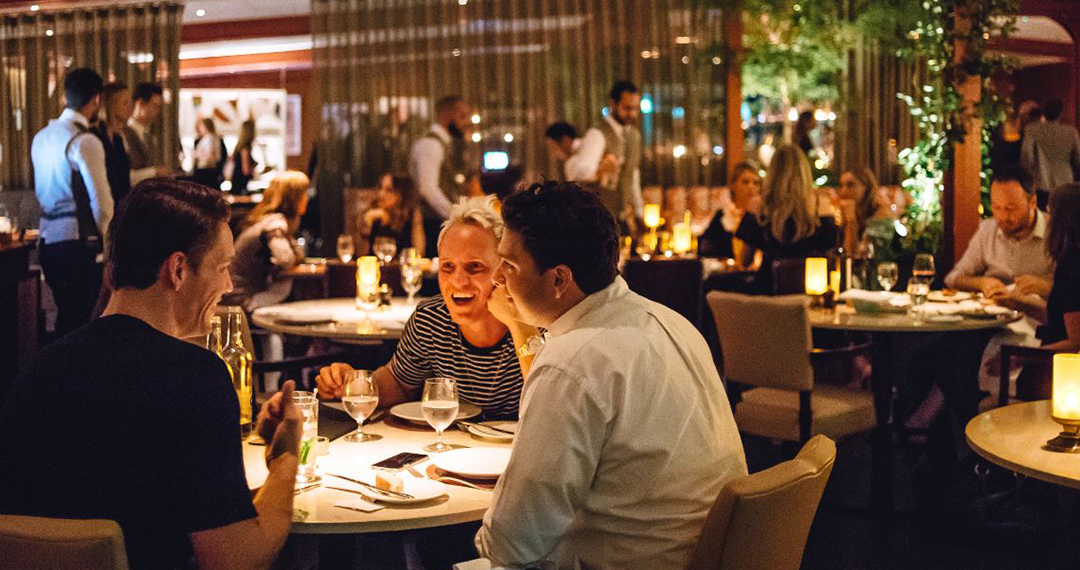
The sector has weathered quite a few storms in the last 3-4 years, starting with some of the states deciding to go dry. It set the trend for politicians to flash this card, which will always hang over the sector’s head. By the time the dust started settling on the demonetization issue, the Supreme Court slammed down with the unprecedented ban on liquor shops on highways. This was a damaging blow where one-third of outlets country-wide got wiped out. It took the beleaguered outlet owners and state governments to work around by de-notifying parts of national highways within city limits and thus enabling re-issuance of licences. Finally, the implementation of GST took its toll.
The silver lining in this tale has been the growth levels of premium categories. As a clear beacon of changing lifestyles of the Indian consumer, the growths have been extremely positive towards the more premium categories of brands. The lower and mid-segment brands which occupy the belly in the volume ramp up have been witnessing a declining trend. The fortunes of the companies have also depended on their primary segment of operations. Players who have been pursuing the mantra of premiumization, have been able to get their acts together. Those focussed on lower to mid-segment categories are seriously considering moving up the ladder.
The premium and value-led growth would present an attractive proposition to MNCs to bring in their larger portfolio and also set up bottling tie-ups in India. As it is, all the MNCs are scouting for alternative growth markets.
In beer again, volume growth has been an issue. There has been further consolidation at global level with three large players emerging. India is witnessing a triangular fight for market shares with certain home-bred start-ups also making niche for themselves.
As long as liquor remains a state subject, managing and operating with various states having their own levies and tax structure becomes complex with unique route to market and state-level pricing. The last remnant of excise department survives for liquor and tobacco now. Considering this, historically the players have mostly resorted to talent within the industry. It is only for the top leadership that they have looked outside liquor, if at all. This may be true for sector-agnostic corporate support functions to some extent.
Having said this, some companies have deliberately looked at inducting talent from outside the industry. This has had a positive impact in new practices getting introduced with a positive rub-off on the brand, paying rich dividends to these players in the long run. Moreover, the industry has come a long way with marketing playing a key role in strategic growth of brand portfolio and having consumer centricity and brand building assuming the central focus. The sector requires new thought leadership and on ways of doing business. Clearly, there would be more and more new talent coming from outside the industry at all levels.
The year looks to be extremely positive as of now, that too after a tumultuous 3-4 years. The players have every reason to plan aggressively and look ahead with good cheer.